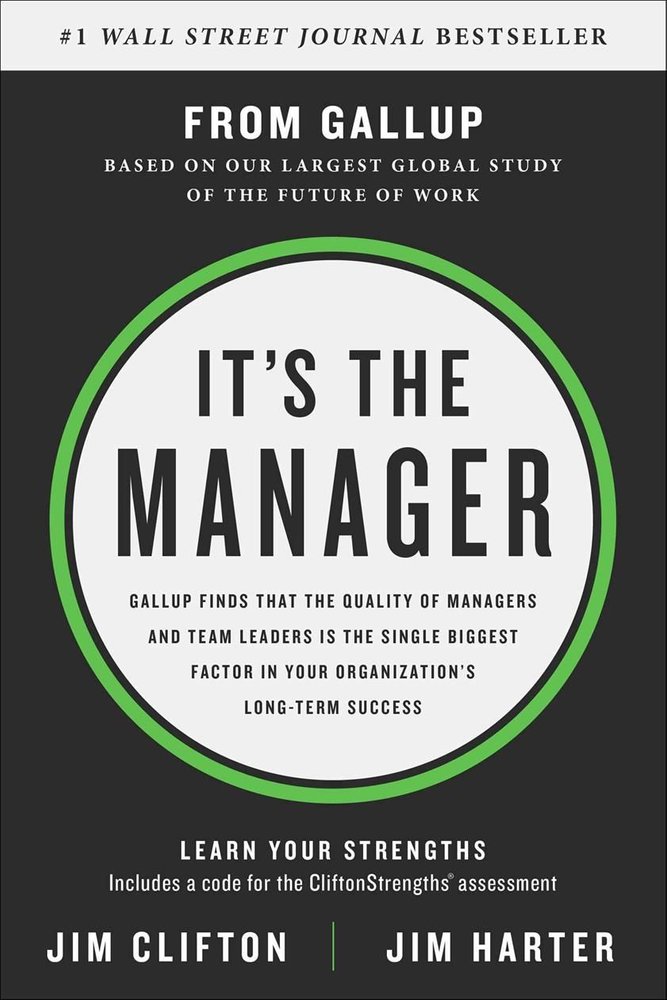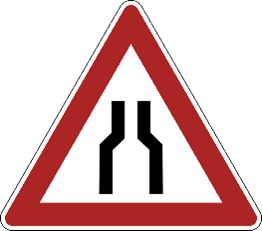
More Chiropractic Jokes Please!
In the late 80s, when I took my son to his first adjustment, I noticed bold but innocent cards on the doctor’s front desk counter.
They said, simply, KEEP SMILING.
Over the years, I have often seen this card at chiropractic events and offices – almost as a chiropractic tagline: KEEP SMILING!
I would love to know the history of this phrase, and if anyone knows, please come over to the Blog and explain it, or hit reply with the info and I’ll share it with your permission.
I have seen it on a chiropractor’s envelope from the 20’s, so I know it goes back a while.
SMILING MAKES YOU HAPPIER AND HEALTHIER
Getting those smiles out will improve your mood and improve your health.
IT’S SCIENCE.
Something the chiropractors of the 1920s and before knew.
“When you smile, your brain releases tiny molecules called neuropeptides to help fight off stress. Then other neurotransmitters like dopamine, serotonin and endorphins come into play too. The endorphins act as a mild pain reliever, whereas the serotonin is an antidepressant. One study even suggests that smiling can help us recover faster from stress and reduce our heart rate.”*
Try right now — SMILE!
See! It works.
OK then, DON’T SMILE. Gotcha. It works. :- )
Smile, laugh, and the whole world smiles with you. Frown, and you frown alone.
SMILING IMPROVES PRACTICE PERFORMANCE
But smiling can also improve your practice.
A happier office will have better performance.
“Smiling can have a positive impact on our performance at work. Research has shown that when we smile, we experience a boost in mood and a reduction in stress levels. This can lead to increased productivity and better performance on tasks.”*
2 METHODS TO SMILE MORE IN YOUR CHIROPRACTIC HEALTHCARE OFFICE
Old School Trick: Front Desk Mirror
Place a mirror facing towards the staff on the front desk. It should be so that it can be seen by whomever is working at the desk and answering the phones.
Place a caption on the bottom of the mirror. Something like: SHOW YOUR TEETH!
People can tell if you are smiling when they talk with you on the phone.
Morning Meeting Jokes
For your morning case management meetings, one person is assigned to tell a joke. The next day, it is someone else’s turn to tell a joke. Each team member must tell a joke.
Yes, the jokes are usually dumb, and it can be embarrassing. But it is also can be funny!
And besides, there is B.J. Palmer’s Rule Number 9:
“Don’t take yourself too damn seriously.”
So, that’s it.
Don’t be so serious!
Smile more, and you’ll find more things to smile about.
To help get you started, I found some chiropractic jokes and put a few of them below. More are on our Blog. (Also added an acupuncturist and dental joke.)
Have a funny day!
😊
Ed
Some bad jokes!
I never believed that chiropractors could solve my back problems.
2 weeks later, I stand corrected.
Did you hear about the chiropractor who got in trouble with the IRS?
It was for back taxes.
What do you call two chiropractors who’ve got each other’s backs?
Vertebros.
My chiropractor and I got into a terrible fight in the middle of my neck treatment.
Now I have to spend the rest of my life looking over my shoulder.
What’s the difference between a chiropractor and a proctologist?
You go to one if you need your finger cracked and the other if you need your crack fingered.
I went to the acupuncturist the other day.
When I got home my voodoo doll was dead
Be kind to your dentist.
He has fillings too.
My chiropractor is serious as hell.
But he still cracks me up.
“But Quasimodo, what makes you think you need to see a chiropractor?”
“Oh, it’s just a hunch…”
I go to the chiropractor because my wife told me to.
At least I assume that’s what she meant when she said, “Prove to me you have a spine.”
I had to quit going to the chiropractor …
I felt he was always trying to manipulate me.
Does anyone remember the joke I made about the Chiropractor?
It was about a weak back.
Went to see my chiropractor for the first time in a long time.
First thing he said when I walked into his office was “Glad to see your back!”
How many chiropractors does it take to change a light bulb?
Only one, but it takes 24 visits.
Good friends are like chiropractors.
They have your back and set you straight.
Don’t ever let a chiropractor tell you a joke.
It’ll hit your funny bone.
One thing I have learnt this year is to never trust acupuncturists
They’ll stab you in the back the first chance they get.
My dentist mocked me today, saying that even though he’s much older than me, he has healthier teeth.
I said it must be because he has the better dentist.
References:
*Grin and Bear It! Smiling Facilitates Stress Recovery- https://www.psychologicalscience.org/news/releases/smiling-facilitates-stress-recovery.html
*Smiling: The Surprising Benefits You Never Knew About – https://psychologily.com/benefits-of-smiling/
*New Study Suggests Smiling Influences How You See the World-https://www.psychologytoday.com/us/blog/the-right-mindset/202008/new-study-suggests-smiling-influences-how-you-see-the-world
*The Health Benefits of Smiling-https://intermountainhealthcare.org/blogs/the-real-health-benefits-of-smiling-and-laughing
—————————————————-
If your practice building efforts aren’t taking you to your goals,
there are reasons — many of which are hidden from you.
Find out what they are and how to sail to your next level by getting and implementing my new book, The Goal Driven Business.

The Goal Driven Business, By Edward Petty






















 The cause of almost all relationship difficulties is rooted in conflicting or ambiguous expectations around roles and goals. Stephen Covey
The cause of almost all relationship difficulties is rooted in conflicting or ambiguous expectations around roles and goals. Stephen Covey
 Dear Chiropractors and Staff:
Dear Chiropractors and Staff: